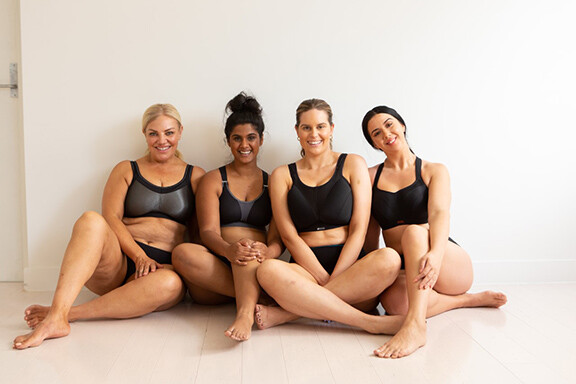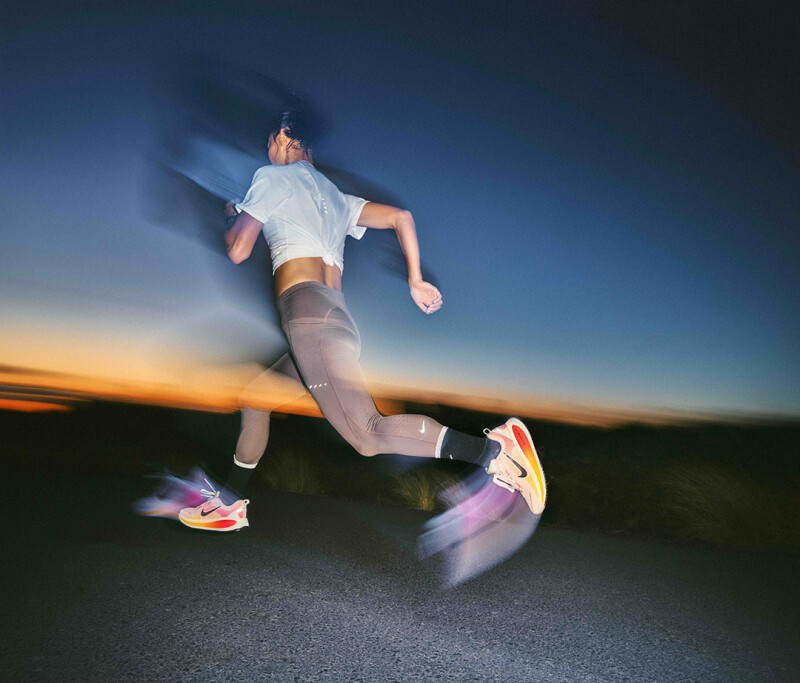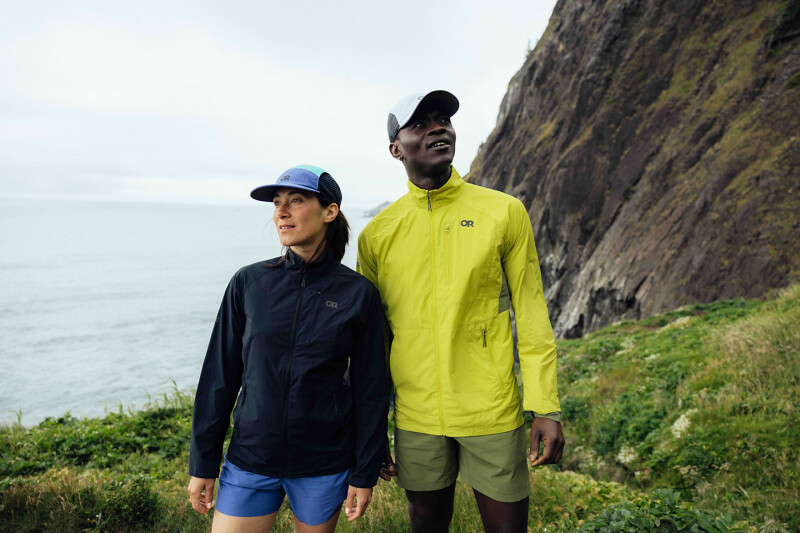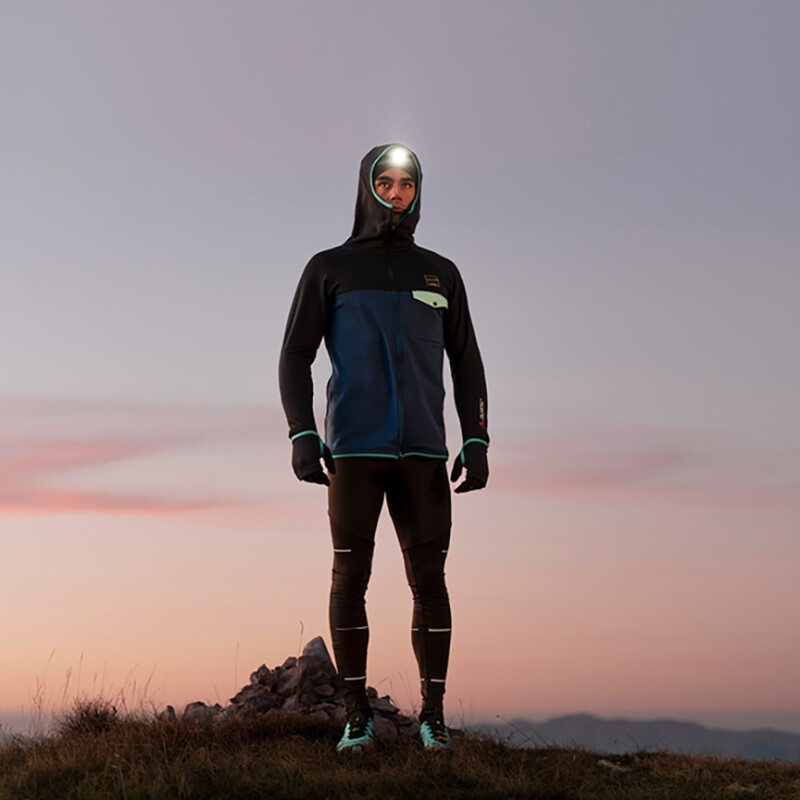Run specialty retailers that are keen on tapping into a new revenue stream by establishing themselves as sports bra specialists will find that the steps are simple, yet require a roadmap that includes a realistic approach to stock, staff, space and marketing. Here’s how to do it.
While sports bras are an essential piece of protective equipment that almost 50 percent of the running population will need to purchase at some point in their running journey, it remains a largely neglected segment by most run retailers. Many will stock two or three brands with patchy stock on hand, merchandised among apparel, with no trained fitters on staff.
But like any technical product – which sports bras most definitely are – if you don’t have a solid range to sell and trained team members to push it, then it’s nearly impossible to do well in the category. If you can’t offer an outstanding retail experience, you are never going to become known as the specialists in it.
And you most certainly won’t benefit from the product category driving additional customers into your store through word of mouth if you aren’t investing in all of the above. Put simply, a half-way approach won’t ever result in stellar outcomes for your customer or your business.
Stocking Sports Bras for Runners
What does an ideal stock room of sports bras look like? This, of course, depends what sort of outcome you are trying to achieve. If you want to build a marketable offering in store, you are going to have to have a product range to match. A few tips:
• No fewer than six leading brands should be on hand and on shelves, hangers or mannequins.
• It’s a good idea to have a mix of “sports brands” and “lingerie brands.” That’s because not all sports brands do sports bras well — many are simply sports crops marketed as sports bras. And of course, not all lingerie brands do sports bras well. But because they will take different approaches from a support perspective, appeal to different people and cover varied size ranges, having both will help you achieve success for your customers and broaden your appeal when advertising.
• 36DD is considered the average bra size in the U.S., so this should be treated as your middle of the bell curve size. To offer an inclusive range of sizes you should cover cup sizes A-K and band sizes 30-46. Again, not only does this serve as a genuine solution for your customers, it also helps to create your marketable offering by giving your store a strong point of difference in the marketplace.
• Assuming that all runners are looking for racerback non-wired bras is a big mistake. While this may be a well-known combination, it certainly isn’t appealing to all. Your range should include a variety of design features such as scoop back straps, underwire, foam lined, crop style, hook-and-eye clasps — just to name a few.
• Maintaining your stock levels with weekly replenishment so you aren’t left with gaps in sizes is essential. Because of the sheer number of size variants with sports bras, it’s tricky to go deep in sizing. An ideal approach is to go broad and shallow and work with core styles that are held in good quantity by the supplier.
Sports Bra Retailing Tip No. 1: One of the real benefits when working with technical sports bras, as opposed to fashion crops, is that technical sports bras don’t tend to be rotated in and out every season, or updated like other apparel and footwear.
Staffing Up To Know Your Stuff
Having the right staff, trained well and enthusiastic about the category, is a critical part of retailing sports bras successfully.
To become an expert in sports bras and breast biomechanics, start by doing a thorough literature review of the latest research and hallmark studies in breast support. From there move on to an in-person bra fitting course or have an experienced bra fitter run a bespoke course on-site for your team. Virtual training could also be option.
Taking on training from brands you intend to stock is another process towards the end of your staff’s training. A word of warning: Be cautious with advice or training you accept from people who may not be experts or have hands-on experience.
Store owners can consider training just a few key team members that are perfectly suited to the sensitive role of fitting sports bras and educating women about breast support. Having a small number of highly trained team members also helps to create a marketable offering; for example, “We have trained sports bras fitters here on Tuesday, Friday and Saturday.”
To go one step further, creating a by-appointment sports bras fitting service helps to highlight your specialty, control overhead, improve customer outcomes, increase dollar spend per transaction and explode your word-of-mouth referrals.
Investing in training staff will undoubtedly set your store apart from competitors and have you taken seriously from both your suppliers and your customers. It’s not something to be skipped over or skimped on.
Sports Bra Retailing Tip No. 2: Sharing how your team is upskilling on your social media channels will also help you build credibility with your biggest fans, who are then most likely to support and refer to your business.
Space and Merchandising
If you want to treat the breast support category as apparel, then treat it that way. If you want to elevate it and market it as the technical product it is, move it away from other apparel in your store.
Merchandising bras on mannequins is certainly the gold standard. Most bras don’t have a ton of hanger appeal and don’t stack well against each other on hangers — you don’t really want to draw your customers’ eyes to that. Consider having a section of your shop dedicated to displaying bras on mannequins to create a neat visual for your team and to draw in your customers.
When designing a fitting room for customers to try on sports bras, or ideally be fitted for sports bras before the actual sale, there is a lot to consider. Your customers try-on experience can make or break any potential transaction.
Your sports bras fitting room should be larger than a traditional apparel fitting room because having space for a salesperson to slip in and help is critical. Other tips include positioning your fitting suite in a very private part of the shop, using a curtain (not a fixed door) and adding a treadmill for optional wear testing.
Sports Bra Retailing Tip No. 3: Any woman will have tales to talk about how tricky some sports bras can be to get on and off. Creating a space that promotes an easy change environment will pay dividends.
Marketing Matters for Bras
So, are you now convinced that you should step up your sports bras game? Then you know that having a well-thought-out plan to broaden what you are known for is a must.
The good news is that if you’re an established store, it’s likely you already have a big contingent of people that know, like and trust you. In marketing, especially for a category such as sports bras, this is the toughest piece of the puzzle to acquire.
The best way to get started is to take your existing customers on the journey with you as you build out this specialty. Tell them what you are doing and why you are doing it. Survey them about sports bras, ask them their pain points, hear their stories and listen to their ideas. Involve them in your stock selection process on social media. Most importantly, show them how your team is upskilling to gradually build your credibility over a period of months, not weeks or days.
The great news is that all the common issues women have with sports bras can be solved with a broad range of stock and great service. If you’ve invested in your stock room, your staff training and optimizing your space it’ll be clear to any potential customer that you could be the answer to their many problems.
Sports Bra Retailing Tip No. 4: Remember that women are not conditioned to believe cheap or affordable is a good option with bras. Focus your marketing on solving the many problems women endure with breast support and how you can solve them. Price is not the main issue here.
A Surprise Superpower
The most common consumer we see at our fittings is not a marathon runner or a long-term gym junkie. She is new to running or just getting back into training after a break. She is desperately seeking advice.
She doesn’t have a good idea about her size or support requirements.
She values function over fashion and while she may be price-aware, her final decision is not driven by price.
She will buy every option that makes her feel the way she aspires to feel or makes her feel like she will be able to accomplish her newfound goals.
Because she has a clear goal that is motivating her, every purchase to achieve this is justified. She is a very good customer to have walking in your door. Not only does she need sports bras, but she also needs shoes, socks and apparel. She may be seeking out a running group. And she is likely to progress to more technical products soon.
Sports Bra Retailing Tip No. 5: A run specialty store owner needs to understand upfront that sports bras is not a category that can be done halfway. To make the most of the thousands of women in your area who are desperate for help with this product, you need to go all out. If you build it, they will come.
Adding a specialty offering like sports bras to your run specialty store will set you up to sell more than just additional a few more sports bras — it could be your marketing superpower.
About the author
Tish Tily is the co-founder and managing director of She Science, a specialty sports bra store in Australia. Over the past decade she has developed a retail model that offers by-appointment sports bra fittings and She Science is now considered market leaders in Australia. Tilly is available to consult with run specialty retailers looking to transform their sports bra efforts. She can be reached at [email protected]






